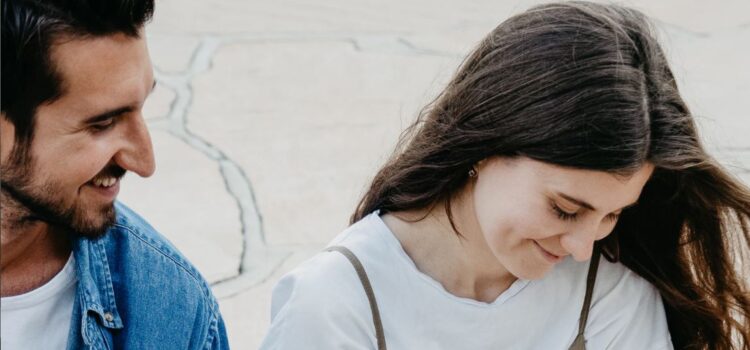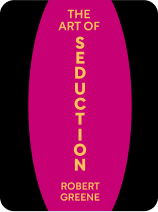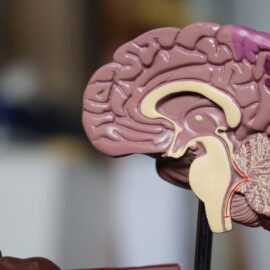

This article is an excerpt from the Shortform book guide to "The Art of Seduction" by Robert Greene. Shortform has the world's best summaries and analyses of books you should be reading.
Like this article? Sign up for a free trial here.
What does it take to seduce someone? What are some things that people find universally seductive?
According to Robert Greene, the psychology of seduction is simple. To seduce someone, you have to figure out what they are lacking and give it to them. In his book The Art of Seduction, Greene calls this premise the “victim theory.”
Here’s how seduction works and how to choose your victim, according to Greene.
Robert Greene’s Victim Theory of Seduction
The foundation of the psychology of seduction, according to Greene, is to understand that everyone is lacking something. When you can pinpoint what a person is lacking in their life—and therefore what they long for—you can use that to your advantage by filling that void for them. So, the crucial first step in seducing your chosen victim is identifying what they’re lacking, seeking, or craving in their life. Then all you have to do is give it to them.
(Shortform note: Greene’s first book, The 48 Laws of Power, is a broader guide to manipulation that can be used to accomplish any purpose in life. In that book, he also emphasizes the power you can attain over others by exploiting their weaknesses. He says two major voids people tend to have in their lives are insecurity and discontent. When you pay close attention to a person, they’ll eventually reveal the source of their insecurities and dissatisfaction, and then you can use those to your advantage by validating the insecurity and easing the discontent.)
Greene advises that you don’t choose a victim that’s too much like you. He says the dynamic won’t work well if you both have the same deficiencies or weaknesses. If something resonates with your own personality, avoid that type of victim (the only exception is gender non-conformists).
First, Greene details the general characteristics of good victims:
- They have some void in themselves that you can fill. Happy, contented people don’t make good victims. Don’t bother with them. The best victim is someone who has a void you can fill or a flaw you can take advantage of.
- They have a good imagination. This makes them susceptible to suggestion, because their mind will fill in the blanks with romanticized notions.
- They are introverted. Introverts are better victims than extroverts, because they often desire to be “drawn out” of themselves.
- They have ample free time. People who have space in their lives and minds that needs filling make excellent victims. Avoid people who are very busy, especially workaholics, as they won’t give you the time you need to carry out a seduction.
(Shortform note: Elizabeth Gilbert, author of the bestselling memoir Eat, Pray, Love, confesses that she was once a “seduction addict.” She admits that she often targeted men who were already in relationships, because she could exploit their discontent or boredom with that relationship by positioning herself as an attractive alternative. In this way she took advantage of a lack and used a crafted persona to inspire the man’s romantic imagination and lure him out of his ordinary life.)

———End of Preview———
Like what you just read? Read the rest of the world's best book summary and analysis of Robert Greene's "The Art of Seduction" at Shortform.
Here's what you'll find in our full The Art of Seduction summary:
- The psychology of how to successfully entice lovers or devoted followers
- Greene's advice for choosing a seduction target based on their characteristics
- A step-by-step guide on how to seduce your chosen target






